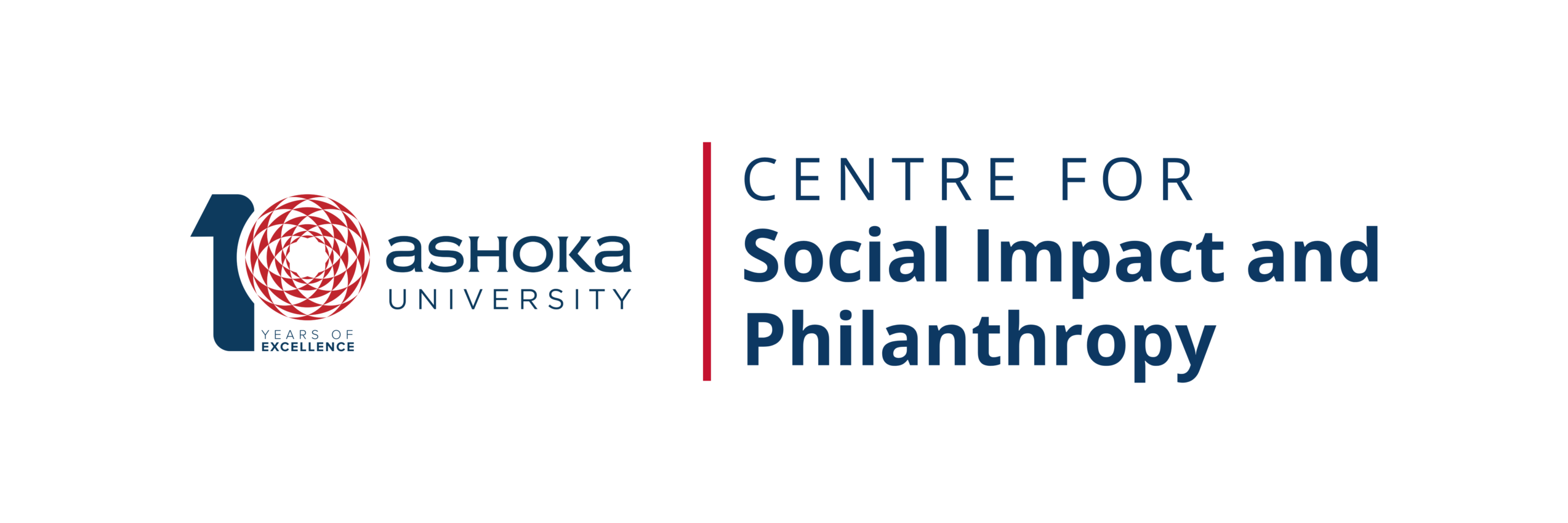Research on ‘Giving in India’ – Measuring Generosity
:By Shaivya Verma
‘Giving’ in India is not a new phenomenon, and it goes beyond material contributions. Generosity is interdependent which involves cultural traditions, human behaviour and structural and informal ways of ‘giving’. Giving Tuesday describes the act of giving as a ‘powerful expression of solidarity and ‘reciprocity’ which goes beyond the transaction between haves and have-nots. Their research on seven countries shows that Kenya and India compared to Great Britain, USA, Mexico, Brazil and Canada gave most generously in all forms.


 As a person who is new to the area of philanthropy and trying to grasp the concepts, history and methods in this field, the existing studies moved me to read and understand more about ‘every day giving’. While the existing literature helped me understand the motivations why Indians give; where they donate and in what forms do they donate; the studies represented a smaller sample, predominantly English speaking and from urban contexts.
As a person who is new to the area of philanthropy and trying to grasp the concepts, history and methods in this field, the existing studies moved me to read and understand more about ‘every day giving’. While the existing literature helped me understand the motivations why Indians give; where they donate and in what forms do they donate; the studies represented a smaller sample, predominantly English speaking and from urban contexts.
These gaps in the existing studies prompted CSIP to undertake the first pan-India study to capture comprehensive national-level household-giving trends. The study undertaken is exciting for me because of the geographical reach of the survey and the size of the panel. The key findings draw from a survey of households represented by a panel comprising ~81,000 households across 17 states in rural and urban India.
Personally, handling a study of this magnitude gave me the opportunity to understand the nuances of everyday philanthropy in India. For example, how giving is not a transaction of money but goes beyond to include ‘in-kind’ donations, and ‘volunteering services’. In the study, the term ‘in-kind donations’ refers to the voluntary contribution/s of material resources such as food, clothes and furniture while ‘volunteering services’ are services made without any charge to support people in need.
Due to the large sample size and demographic coverage, the study has allowed me to explore the complexity of the topic in much more detail. The analysis includes estimates of the market landscape across forms of giving, geographies, socio-economic groups, and demographics.
Both formal and informal giving happens in a number of ways, with people making donations to ‘religious organisations’, ‘non-religious organisations’, ‘household staff’, ‘extended family and friends’, and ‘beggars’. The insights on motivations behind giving show the significance of community feeling and a sense of duty towards society. It was not surprising to find that family traditions, religious beliefs and a desire to support someone in distress are common factors making people donate.
Personally, I was intrigued to note that gender appeared to be a significant influencing factor in deciding whom to donate. For example, women were more likely to make decisions regarding giving to ‘beggars’ and ‘household staff’ and men to ‘family and friends’ and ‘religious organisations’. Interestingly, both men and women have been equal decision-makers when donating to ‘non-religious organisations’.
Writing this report has been a learning experience for me and for the research team as we further developed our skills in addressing the complexities of survey methodology; and the related challenges of handling and interpreting data to present it in a coherent form.
The report has highlighted gaps and additional areas of enquiry that CSIP is keen to explore further. CSIP, in collaboration with Kantar Worldpanel Division, is excited and looks forward to conducting the household survey on the same panel in the coming months for the next round of this longitudinal study. The current, updated insights will be useful to identify the focal points for interventions by stakeholders aiming to enhance household giving in India.


